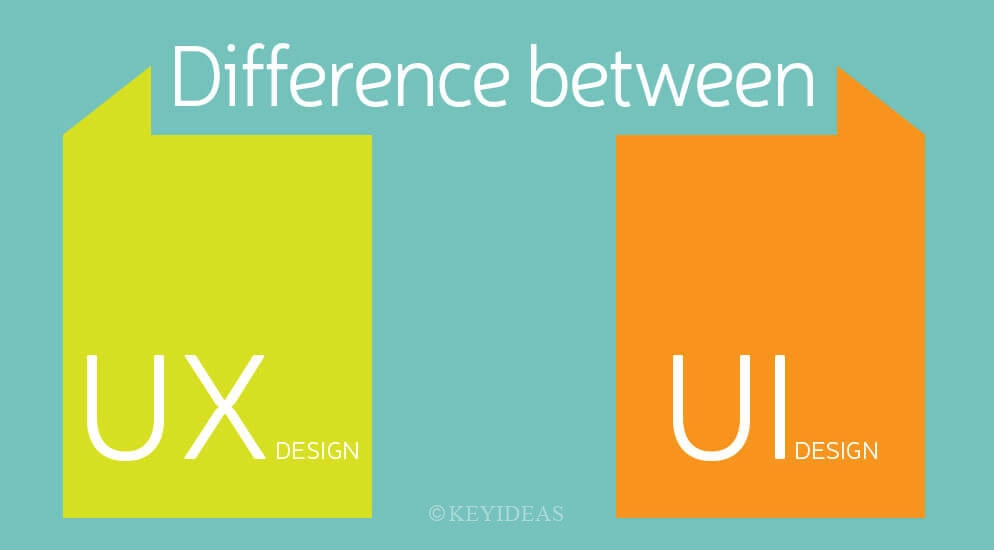What is Visual Design?
Visual Design is another term for UI design. It is a hybrid of UI and graphics but has an individual position in the digital design world. It captures the audience’s attention towards the brand through strategically implementing visual elements. It is a means of communicating through illustrations and photography, meaningful typography, evocative iconography, persuasive color, comforting spacing, and layout execution, and many other tiny details. But how is visual design related to perception?
Need For Visual Design
UI design focuses on anticipating user needs and ensure the interface has elements that are easy to access and understand. UI is a junction between a user and a computer program. It brings together the concept of visual design, interaction design, and information architecture design.
It is a fact that UI design is the most vital component of a web application design. Users appreciate entertaining and aesthetically appealing websites and apps, and hence UI helps to make it easy and enjoyable for the uses to interact with the app or website page. A great user interface design enables users to accomplish tasks most efficiently. UI designing begins way before conceiving the product idea.
It just takes 50 milliseconds for a human brain to process visuals, and hence a user can judge the website within a fraction of a second. The look and feel of the website page or the app screen is significant as the first impression plays a huge role. Hence, the UI functions play a crucial role in the success of a web page or an app, though many other elements also influence the users to make decisions.
Elements and Basic Fundamentals of Visual Design
Before designing, gather complete information about the target audience, their behavioral pattern and develop a good understanding of their flavors. The UI design should be such that it is unique and gives a familiar vibe to the users.
- Unity – use this to establish harmony between page elements so, they appear to belong together, and users aren’t distracted by chaotic (e.g., misaligned) layouts.
- Gestalt – use these principles of how people perceive objects to guide how users interpret your design.
- Hierarchy – use placement, font, etc. to show importance.
- Balance – use this to distribute elements evenly.
- Contrast – use differences in color, etc. to accentuate elements.
- Scale – use this to emphasize elements to establish importance or depth.
Various factors make a UI design successful, and the most important one is maintaining the visual consistency of the elements’ arrangement on the screen. Inconsistency can make the page look confusing, messy, complicated, and chaotic for the customer. On the other hand, visual uniformity will help users interact comfortably with your app or web page.
Benefits of Successful UI Design
A successful UI design will automatically attract more traffic towards it and therefore plays an integral part in increasing the usability of your UI design. The systematic and structured layout of the page with the content and visuals helps in increasing usability. An excellent UI enables users to access the most appropriate content efficiently. The visual stability between the design elements on the page can help to highlight the most critical part of the website in a concise manner.
A creative direction for a flawless design lets you develop a positive connection with your customers and hold them on the site for a longer time. In turn, this would drive decisions, resulting in changing audiences to valuable customers. Visuals do the job of rising conversions.

Basic Principles Of UI Design
There are no definite formulas to create a great user experience, but there are some basic principles around which user experience design can work wonders. Visible Language refers to all the graphical user interface techniques used to communicate the content. The friendliness of layouts, typography, color, texture, imagery, animation and sequencing on different pages create a sense of reliability and stability that helps the user to navigate the site freely without any frustration.
Navigability is another important factor for a good UI, a feature that assists users to navigate throughout the page. Readability, i.e. the display must be easy to interpret and classify and should also be appealing and eye-catching.
To cut the story short, the visual connection is the most effective interaction that builds decision-making ability among the user in seconds.
Let’s Wrap With UI Design
Visuals should be such that it makes it customers to pause and think about the application. Always use the same design structure, fonts, and image pattern on all the pages except if any page has specific other purposes. The flow of the visual aspects needs strict maintenance throughout the web application development or app. Design is not just what it looks and feels like, but it is how it works! Visit our Top User Experience Design Agency
